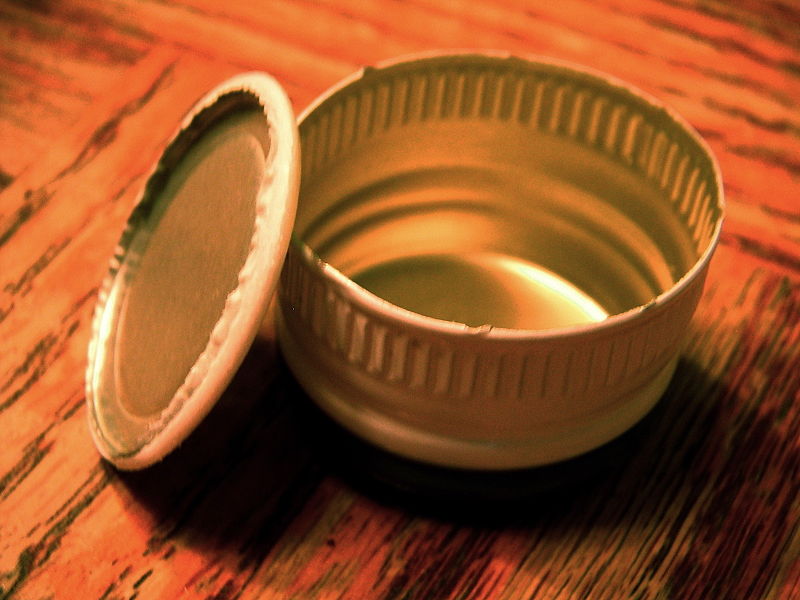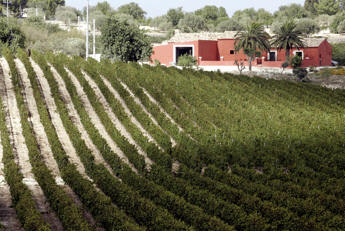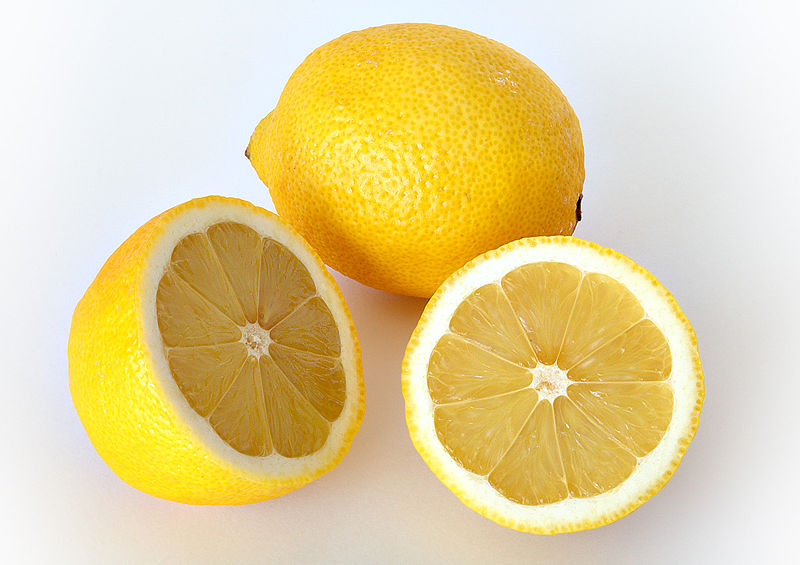 I think many of you can relate when I say I have my "people" for certain services. Hair stylist. Massage guru. Acupuncturist. Physical Trainer. Plumber. You get the idea.... My relationships with these people are critical to the quality of service I receive. My hair stylist recently moved down to Florida, for example. She was fabulous and it took me three other stylist before I "found" her. We shared 3 years of snip-snip bliss. Now, I'll have to make a new investment to find the right person to meet my needs. At least I'm one step closer to hair cut heaven - I like the place I go to.
It's the same when it comes to wine. Two weeks ago I met a couple at a Pour Favor tasting. They were lamenting the selection at their local liquor store. Challenge #1? Liquor stores may (claim to) have a fine wines selection, but if they aren't geared toward wine in particular then they likely aren't seeking out new, quality selections. More likely the "fine" in Fine Wines is up for grabs; you'll notice they stick to the mainstream wines we see so often. I doubt whether they even taste the next vintage of the standard wines they carry each year. Challenge #2? They likely do not have staff on hand who have specialized wine knowledge and are equipped to take you from Yellow Tail* to Yippee!
I think many of you can relate when I say I have my "people" for certain services. Hair stylist. Massage guru. Acupuncturist. Physical Trainer. Plumber. You get the idea.... My relationships with these people are critical to the quality of service I receive. My hair stylist recently moved down to Florida, for example. She was fabulous and it took me three other stylist before I "found" her. We shared 3 years of snip-snip bliss. Now, I'll have to make a new investment to find the right person to meet my needs. At least I'm one step closer to hair cut heaven - I like the place I go to.
It's the same when it comes to wine. Two weeks ago I met a couple at a Pour Favor tasting. They were lamenting the selection at their local liquor store. Challenge #1? Liquor stores may (claim to) have a fine wines selection, but if they aren't geared toward wine in particular then they likely aren't seeking out new, quality selections. More likely the "fine" in Fine Wines is up for grabs; you'll notice they stick to the mainstream wines we see so often. I doubt whether they even taste the next vintage of the standard wines they carry each year. Challenge #2? They likely do not have staff on hand who have specialized wine knowledge and are equipped to take you from Yellow Tail* to Yippee!
* I have nothing against Yellow Tail, just that there's an ocean of wine out there even more worthy of exploration. I use it here merely as a reference point on this perspective - and because the 'Y' alliteration was fun.... what can I say?
You may have noticed above that I use the word "challenge" rather than "problem". This is intentional. I believe there's no such thing as a problem, only an opportunity for a creative solution. In the case of wine:
#1 ~ Find yourself a Fine Wines shop that offers a wide selection of wines from across the world at reasonable/competitive prices...
#2 ~ With staff who have specific wine knowledge and are available to help you find an appropriate selection given your particular search (e.g. dinner at a friend's, wine to have on hand for whenever, etc.).
It is worth taking these two, simple steps. Everyone/store has a specialty. If your local is more concerned with beer or lottery sales than stocking their shelves with unique wine finds, you should search out a fine wine shop. Maybe you end up purchasing a case of wine (and enjoying the store's discount as a result) and pop in every couple of months rather than every week because they aren't as close by. It's worth it. A store with a wine buyer who knows their craft is incredibly valuable. Just remember figuring out your wine preferences won't happen over night. Just like with your beloved barber/stylist, you should be prepared to invest time in your relationship with the shop's buyer. And remember the onus is on you to tell the buyer what you did or did not like about a particular wine they helped you to select. (Taking notes on a wine is never a bad idea.) Such due diligence will help get you to "Yippee!" a heck of a lot faster.
Do you have a Wine Shop/Buyer you rely on? What are your standards of 'care'?



 Big, red, New World wines (California and Australia) were my first real introduction to the wine world. My Phoenix upbringing/roots made those wines easily accessible in the local market; meanwhile, my older brother and sister-in-law had gotten a jump start on traveling to the CA wine country in search of the best wines on offer. I can't remember exactly which year it was they came across
Big, red, New World wines (California and Australia) were my first real introduction to the wine world. My Phoenix upbringing/roots made those wines easily accessible in the local market; meanwhile, my older brother and sister-in-law had gotten a jump start on traveling to the CA wine country in search of the best wines on offer. I can't remember exactly which year it was they came across  This weekend I was put to the test while bantering with some folks about wine/food pairing. The query?
This weekend I was put to the test while bantering with some folks about wine/food pairing. The query? I'm sure you have read numerous articles about how the world of
I'm sure you have read numerous articles about how the world of  Though it's raining and 63 degrees here today in Boston, it's still summer. That means our wine reps are bringing out all the clever white wines they can find to further enhance the shop's boutique selection of wines - before it gets more permanently chilly and whites lose some of their selling power.
Yesterday I had the opportunity to try
Though it's raining and 63 degrees here today in Boston, it's still summer. That means our wine reps are bringing out all the clever white wines they can find to further enhance the shop's boutique selection of wines - before it gets more permanently chilly and whites lose some of their selling power.
Yesterday I had the opportunity to try  Whenever I've traveled to wine country I've noticed a plethora of dogs hanging out in/around the winery. I didn't think too much about it, figuring pets/animals and rural areas go hand in hand. It always seemed like a great opportunity to ensure a 'friend' was always nearby and an astute property "scout" was happy to help keep an eye on things. I've also been noticing how many pooches appear on labels. A great
Whenever I've traveled to wine country I've noticed a plethora of dogs hanging out in/around the winery. I didn't think too much about it, figuring pets/animals and rural areas go hand in hand. It always seemed like a great opportunity to ensure a 'friend' was always nearby and an astute property "scout" was happy to help keep an eye on things. I've also been noticing how many pooches appear on labels. A great  What is surprising to me is that wine traditions are so often seen as antithetical to science, wrote known wine blogger and enthusiast Dr. Debs of
What is surprising to me is that wine traditions are so often seen as antithetical to science, wrote known wine blogger and enthusiast Dr. Debs of  A couple of Wednesdays ago we talked about minerality and I promised to return to the topic of acidity, in terms of why it may/may not really matter. To simplify things for you in an already busy world, here's a quick excerpt to refresh your memory re: the basics on acidity:
If you smell a wine and your mouth waters, you are detecting acidity in the wine. If you take a sip and detect a bit of a tingling sensation on your tongue and/or the inside of your cheeks start to water, you’re also in the money. Acidity heightens the flavor of foods, or makes the wine more “food-friendly” (and also helps it age). This is a great thing, so long as the wine offers complementary amounts of fruit and tannin to balance the acidity present. This is also described as a wine where all the major components (acidity, fruit and tannin) are in balance. Too much acidity and you’ll experience a razor blade slicing through the center of your tongue. Not my idea of a good time….
A couple of Wednesdays ago we talked about minerality and I promised to return to the topic of acidity, in terms of why it may/may not really matter. To simplify things for you in an already busy world, here's a quick excerpt to refresh your memory re: the basics on acidity:
If you smell a wine and your mouth waters, you are detecting acidity in the wine. If you take a sip and detect a bit of a tingling sensation on your tongue and/or the inside of your cheeks start to water, you’re also in the money. Acidity heightens the flavor of foods, or makes the wine more “food-friendly” (and also helps it age). This is a great thing, so long as the wine offers complementary amounts of fruit and tannin to balance the acidity present. This is also described as a wine where all the major components (acidity, fruit and tannin) are in balance. Too much acidity and you’ll experience a razor blade slicing through the center of your tongue. Not my idea of a good time…. I'm going to break with tradition today and start from the bottom up (i.e. with my question of the day): What do you do with your corks?
I started out with a drawer, moved on to a fish bowl, supplemented with a giant, glass brandy snifter and - as of this weekend - have upgraded to a serious, 18" high, glass mason jar. When I started saving my corks several years ago, I saved them because I wanted to remember certain bottles of wine I quite enjoyed. Then it became a habit and all corks became part of my collection. Then when I was on the wine trail out west, my brother and I started asking for corks at the various wineries we visited. Once we even found a bag of them hidden somewhere and he proceeded to take handfuls of them off their hands and stuff them into my decent sized hand bag. That's when I knew I had crossed over.
I'm going to break with tradition today and start from the bottom up (i.e. with my question of the day): What do you do with your corks?
I started out with a drawer, moved on to a fish bowl, supplemented with a giant, glass brandy snifter and - as of this weekend - have upgraded to a serious, 18" high, glass mason jar. When I started saving my corks several years ago, I saved them because I wanted to remember certain bottles of wine I quite enjoyed. Then it became a habit and all corks became part of my collection. Then when I was on the wine trail out west, my brother and I started asking for corks at the various wineries we visited. Once we even found a bag of them hidden somewhere and he proceeded to take handfuls of them off their hands and stuff them into my decent sized hand bag. That's when I knew I had crossed over.